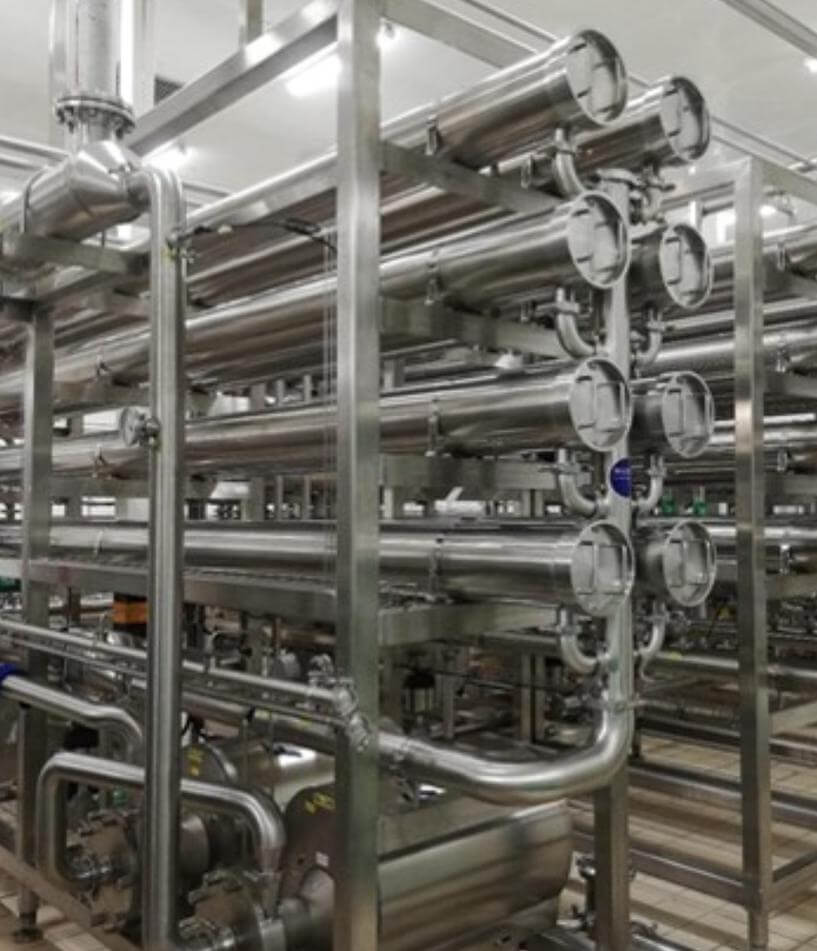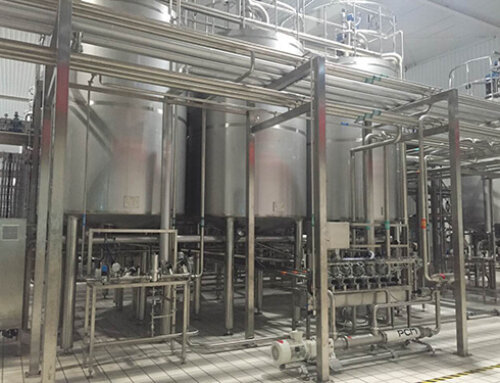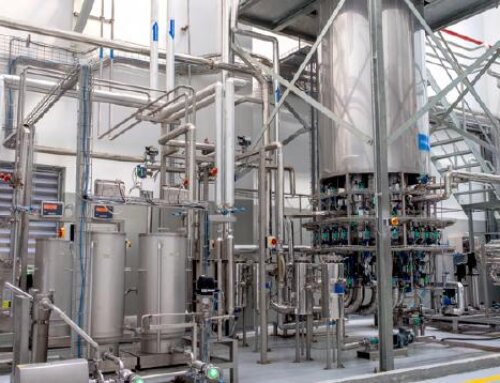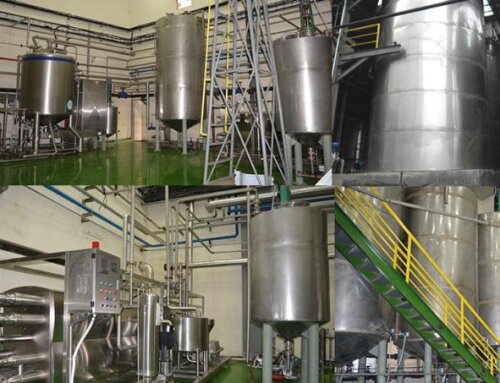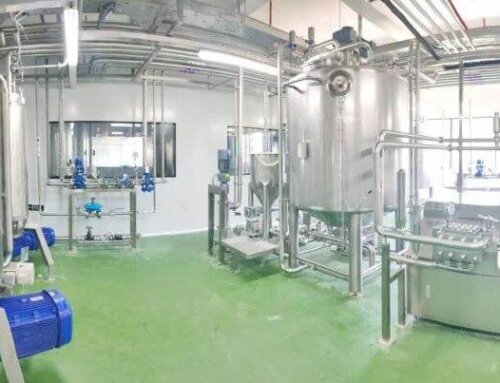Whether it is pasteurized milk, sterilized milk, or milk beverages, the sterilization process is the most important process. Pasteurized milk kills all the pathogenic bacteria and harmful bacteria that cause product defects in the raw milk, but it does not kill the non-pathogenic bacteria 100%, that is, some bacteria, yeasts, molds and spores will remain. Sterilization conditions should be controlled to the lowest degree effect of loss milk flavor, color and nutrition. The sterilization purpose is to kill all the bacteria in the milk to make it sterile. But in fact, the heat fatality rate can only reach 99.99%. If you want to kill all bacteria, you must extend the sterilization time, which will cause serious damage to the nutrition and flavor of dairy products. This tiny amount of bacteria is close to zero in detection, and is called commercial sterility in the food industry. Commercial sterility means that dairy or fruit juice beverages do not contain pathogenic bacteria and toxins that endanger public health, and do not contain any microorganisms that multiply during product storage, transportation and sales, and maintain stable quality and good commercial value during the shelf life of the product. In dairy processing, the most common milk sterilization methods are as follows:
I. Low temperature and long-time pasteurization (LTLT)
The heating condition is 62-65℃, 30min, mainly refers to the single-cylinder holding method, that is, the milk is pasteurized in the heat preservation tank. When sterilizing, the milk is first pumped into the insulation tank, the agitator is turned on, and steam or 66-77℃hot water is passed into the jacket at the same time, the temperature of the milk rises to the sterilization temperature, then stop feeding the steam or hot water, and keep it for 30 minutes, then immediately feed into ice water into the jacket of the heat preservation tank and cool it down to the filling temperature. This kind of milk sterilization method is suitable for small-capacity batch processing materials. The LTLT pasteurization method requires a long time, and the sterilization effect is also not good.

II. High Temperature Short Time Sterilization Method (HTST)
In high-temperature short-time sterilization, a tube-type or plate-type heat exchanger is used to continuously heat the milk in a flowing state. this milk sterilization method advantage is that it can process a large amount of milk continuously, and the heating condition is 72-75℃holding for 15S. However, due to the different bacteria contained in the raw milk, it is also heated at 72-75°C for 16-40S or 94-98°C, 10-15S. This method is adopted by most dairy processing plants due to its short heating time, less heat change and strong flavor.

III. Ultra-pasteurization Method
Ultra-pasteurization is a technology to extend shelf life. Its purpose is to extend product shelf life. Ultra-pasteurized technology is often used in combination with cold chain distribution technology, so that the product shelf life can reach the longest under the condition of ensuring product quality. The sterilization process is 125-130℃ for 2-4S, which is suitable for NFC juice, pasteurized milk and other beverages that require cold storage conditions.
IV. Ultra-high Temperature Sterilization Method (UHT Sterilizer)
Ultra-high temperature sterilization technology adopts 135-150℃, 0.5-4S milk sterilization method. Since the heat-resistant bacteria are all killed, the preservation is significantly improved. Due to the short sterilization time, the flavor and nutritional value of the product are not much different from those of ordinary sterilized milk.

V. Direct Steam Infusion/Injection Sterilizer(DSI Sterilizer)
The DSI sterilizer also called direct steam infusion/injection sterilizer, sterilizing principle is that spraying high temperature(150℃) clean saturated steam onto the milk to kill all the bacteria. The product is treated with high temperature for a short time, so the efficiency and effect are very good. The temperature of the equipment can reach 157°C, but the holding time is less than 0.1 second. The pressure difference between the milk and the steam is also very low. Although the high temperature treatment time is so short, it can ensure the sterilization rate, extend the shelf life of the milk and dairy products, and also maintain the fresh taste and protect important nutrients such as vitamins. The DSI sterilizer is widely used in sterilizing milk, plant-based milk products, milk powder.

VI. Secondary Milk Sterilization Method(Retort sterilizer, Spray type/water bath type pasteurizer)
Pre-sterilize the raw material liquid, package it in a closed container, and sterilize it at a temperature not lower than 121°C for more than 10 minutes. The secondary sterilization process of milk can be divided into the following three methods: one-stage sterilization, two-stage sterilization and continuous sterilization.
One-stage sterilization: the milk is preheated to 80-85℃, then filled into a pre-sterilized clean container, sealed and then put into the sterilizer, sterilized at 110-120℃ for 10- 20min.
Continuous sterilization: Milk or bottling milk is processed in a continuously working sterilizer, or processed in a closed production line under aseptic conditions. The milk bottle slowly passes through the heating and cooling areas of the sterilizer.

VII. Disk centrifuge separator
Milk sterilization separator usually refers to centrifugal separation equipment used to remove bacteria, spores and impurities in milk. Its typical representative is the disc centrifuge. It does not rely on heating or chemical methods, but generates strong centrifugal force through high-speed rotation, and uses the different specific gravities between materials to achieve physical separation of bacteria and other tiny particles. The milk disk clarifier can remove spores and bacteria, especially heat-resistant ones like Bacillus and Clostridium.
This type of sterilization is usually used for pretreatment before pasteurization to improve the safety and shelf life of dairy products, and is a key purification link in modern dairy production.
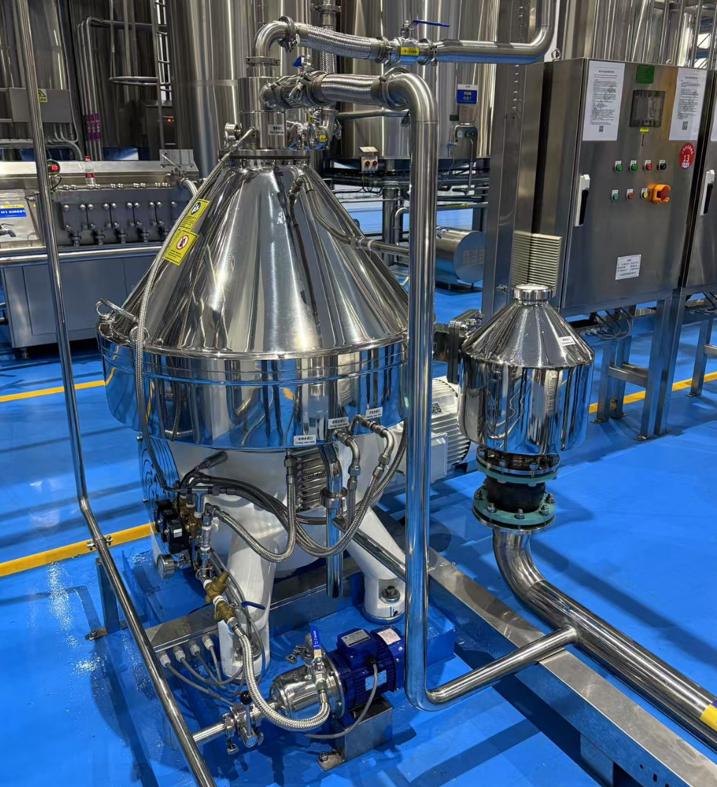
VIII. Microfiltration for milk bacteria removal
The principle of microfiltration (MF) to remove bacteria from milk is to use a filter membrane with micron-sized pores to push milk through the membrane surface under a certain pressure, thereby physically intercepting bacteria and spores to achieve the purpose of “sterilization”. It is a non-thermal physical sterilization technology, widely used in the dairy industry for pretreatment or to replace some pasteurization processes.
The pore size of the microfiltration membrane is around 0.1-0.2 microns, while the size of bacteria is around 0.5-5 μm. Therefore, when milk passes through the microfiltration membrane, bacteria, yeast, and spores that are larger than the membrane pore size are effectively retained, while small molecules such as water, lactose, and minerals in the milk can pass through the membrane smoothly. After the milk is filtered by microfiltration, 99% of bacteria and heat-resistant spores are removed.
